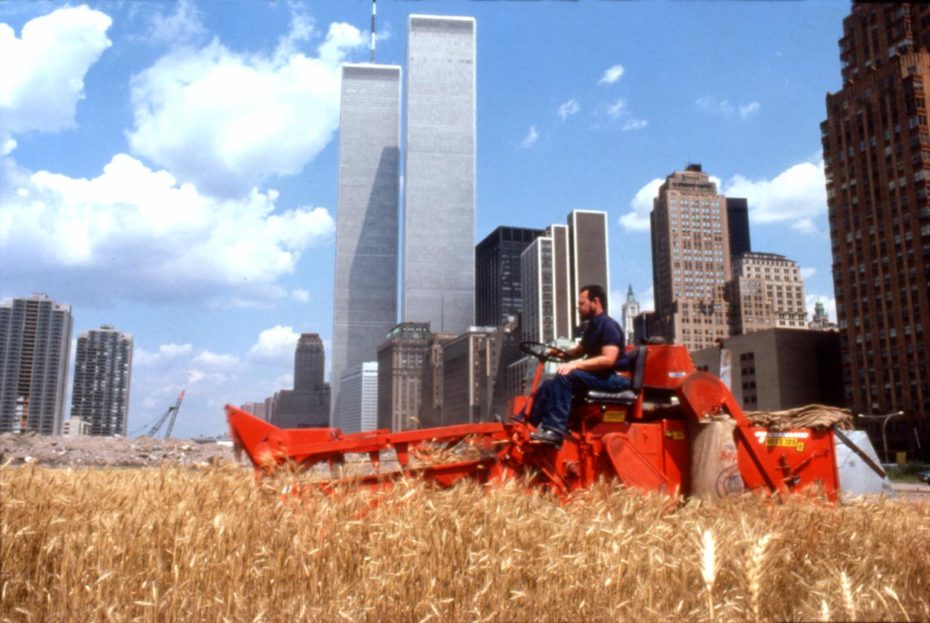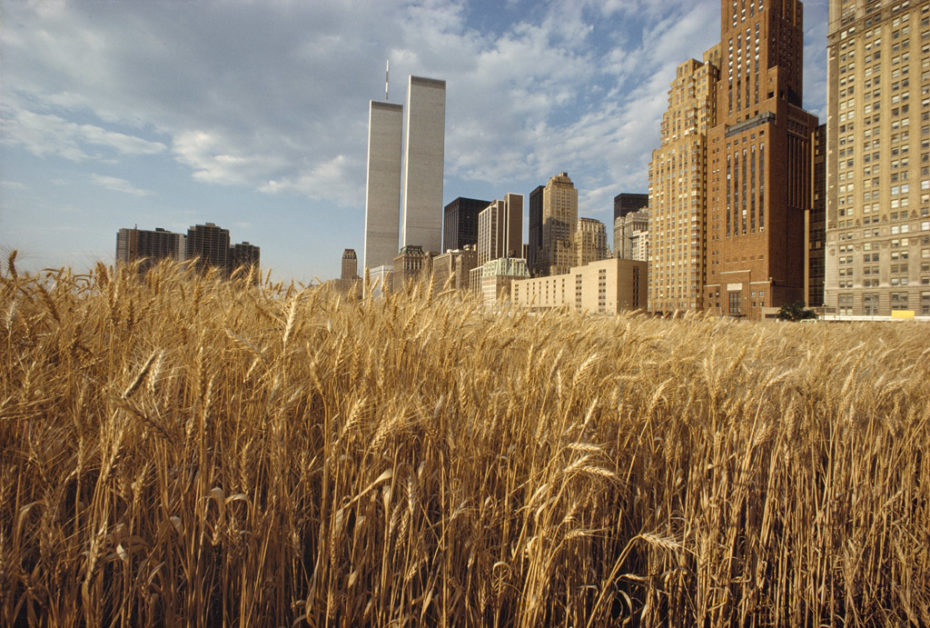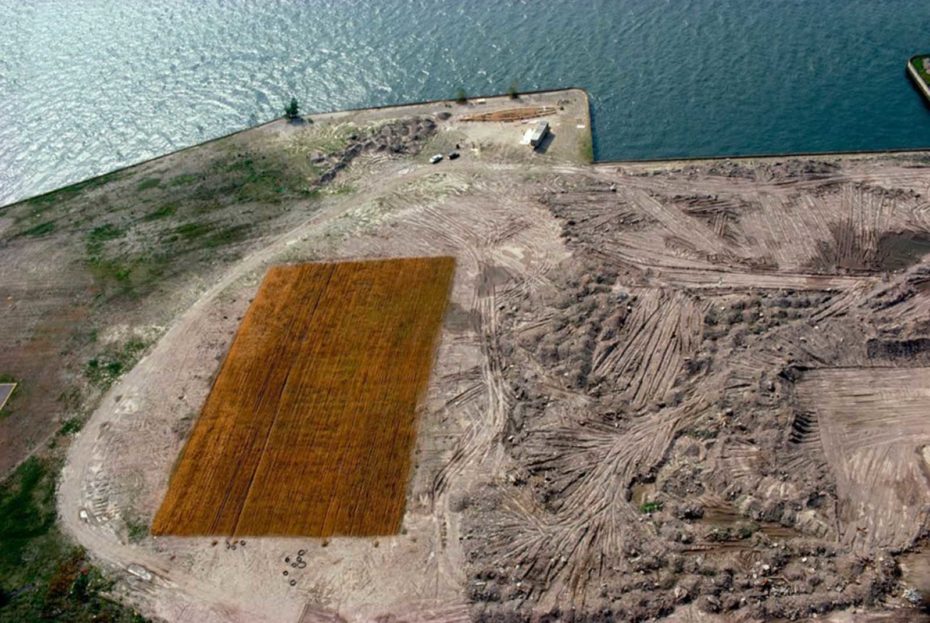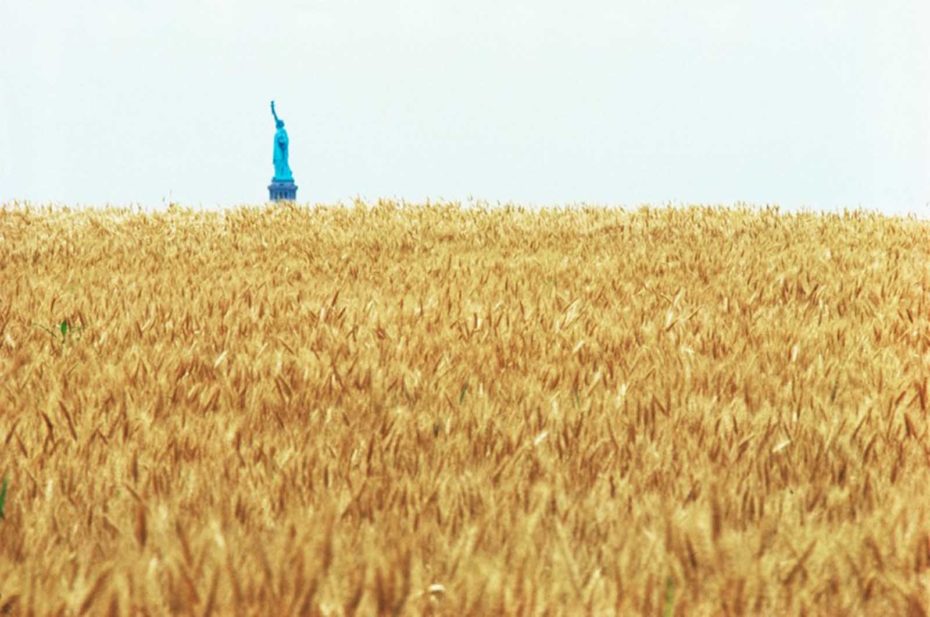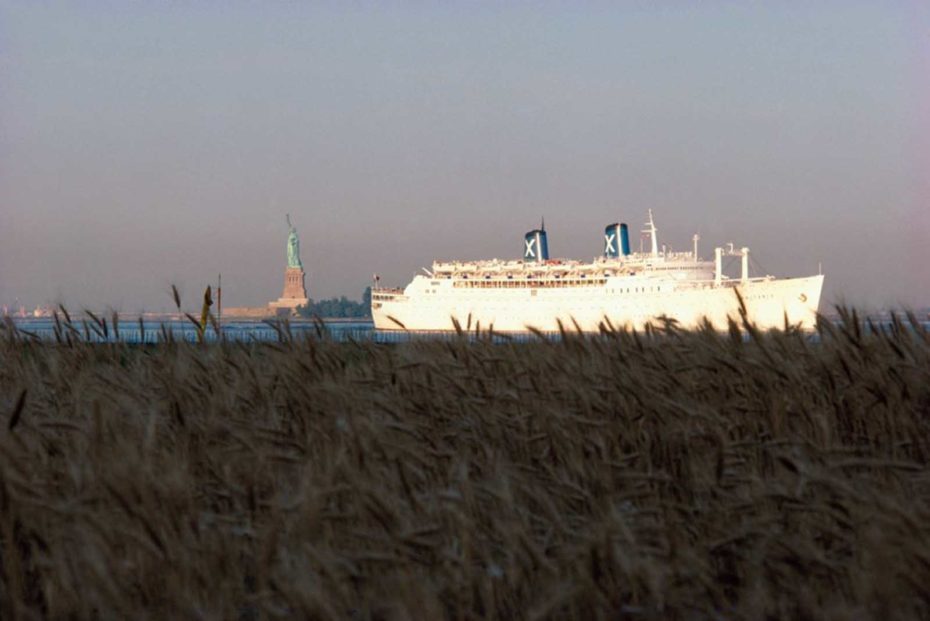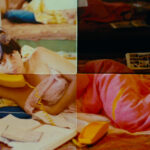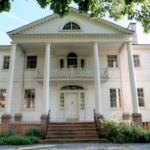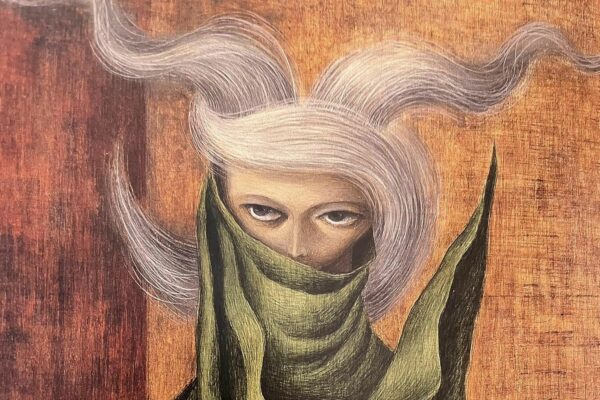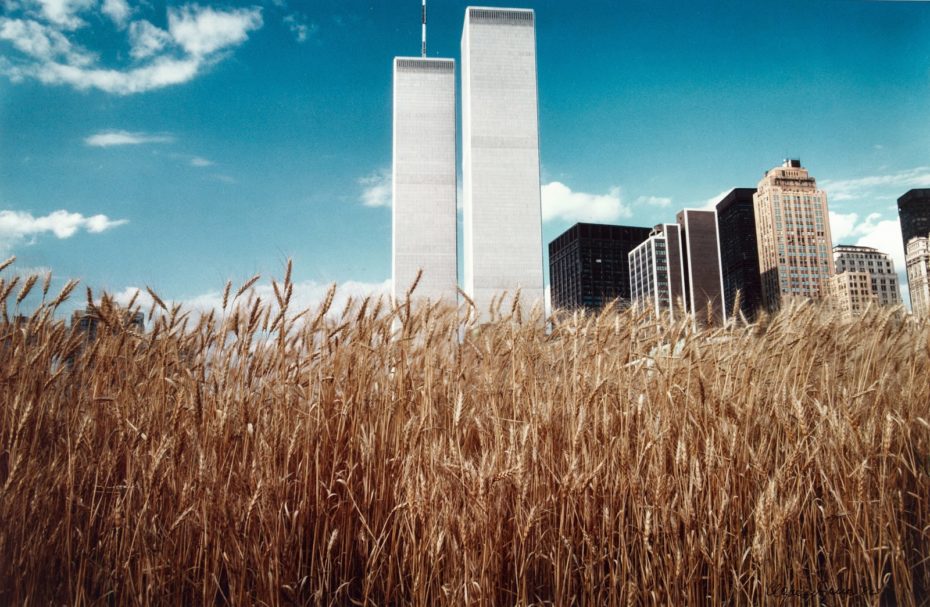
© Agnes Dean
The 1980s was a weird time to be in New York. Punk was flourishing, but so was crime. There was Basquiat and Keith Haring. The creative energy was non-stop, but tumultuous, and living conditions were gritty and hard for many. But in 1982, one artist’s knee-jerk reaction to that reality was breathtakingly simple: in the face of the grim, give Manhattan a golden, sprawling wheat field.
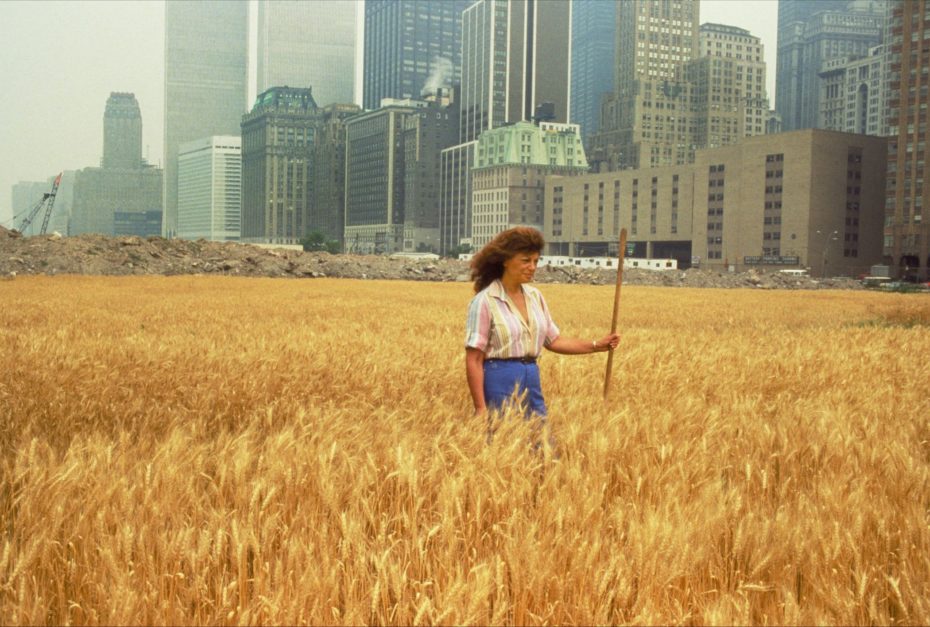
©John McGrall via RFT
American artist Agnes Denes had a talent for environmental installation pieces, and “Wheatfield—A Confrontation” was commissioned by the city’s Public Art Fund in 1982 in what is now Battery Park City. When Denes scoped it out, it was just a landfill:
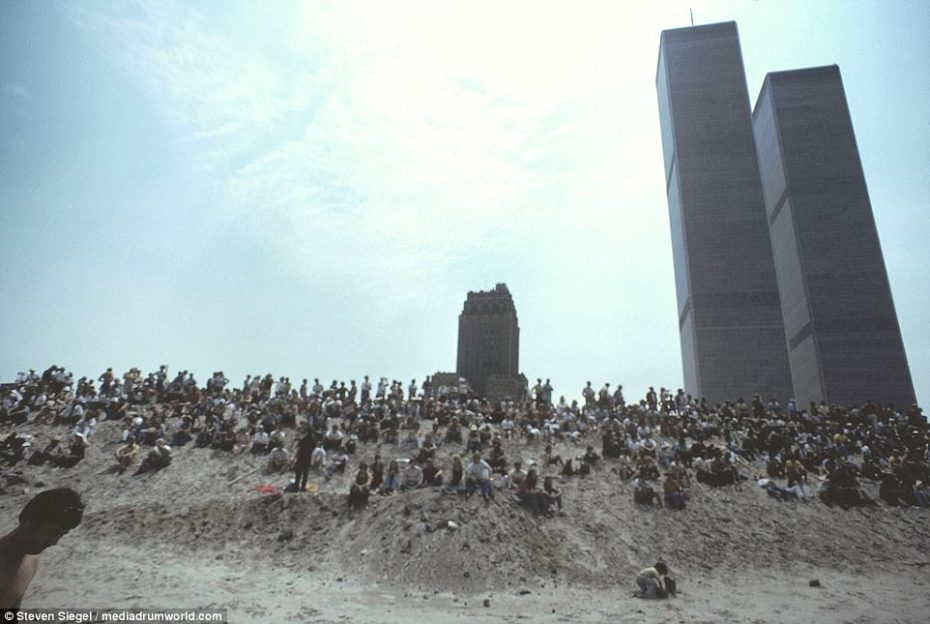
Battery Park in the ’80s.
“Planting and harvesting a field of wheat on land worth $4.5 billion created a powerful paradox,” explains Denes on her website, “Wheatfield was a symbol, a universal concept; it represented food, energy, commerce, world trade, and economics. It referred to mismanagement, waste, world hunger and ecological concerns. It called attention to our misplaced priorities.”
The 2-acre field took 200 truckloads of dirt and months of preparation, and was cultivated just two blocks from Wall Street and the World Trace Center.
Denes wanted to do away with the line between spectator and participant in the art world. “My art had little to do with what I learned in schools or with anything that was going on in the art world,” she told Studio International in 2014, “I decided we had enough public sculptures [of] men sitting on horses.”
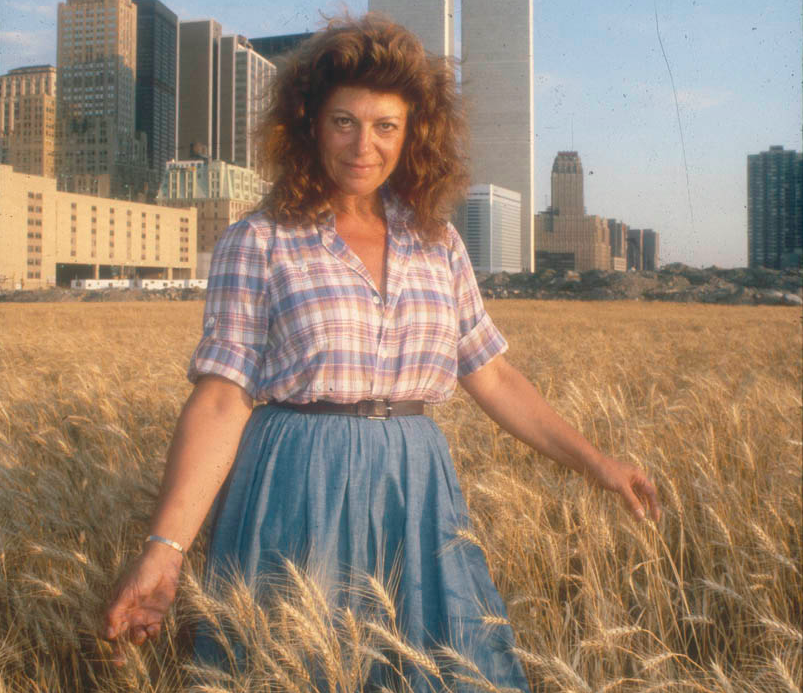
Denes, 1982 ©ArtWiki
Instead, she wanted visitors to feel they weren’t just observing the art, but living it; stepping into a dreamscape in which the Statue of Liberty really does seem to poke out of a country field.
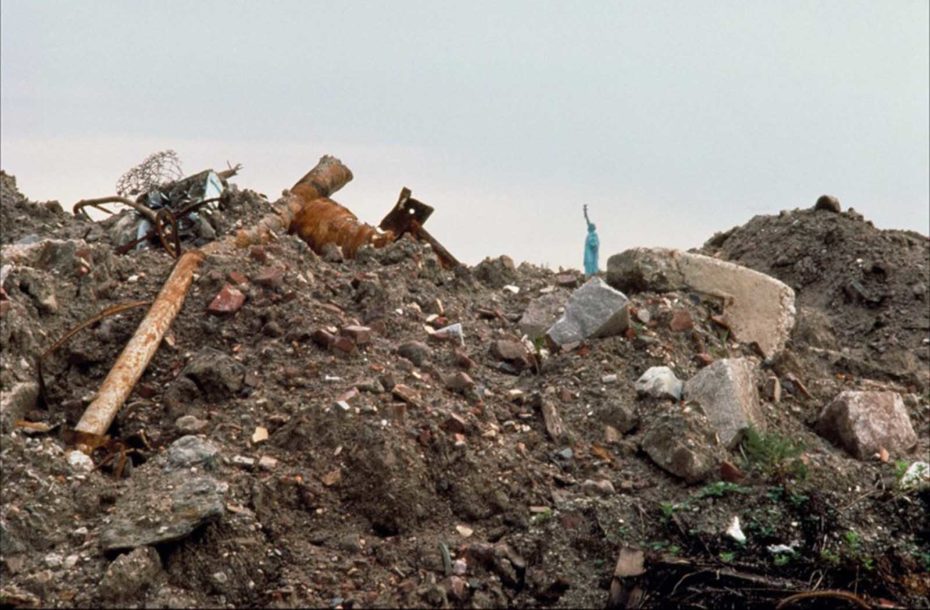
©Agnes Denes
The garbage was cleared out in May of 1982 with the help of two assistants and some volunteers, and all of the “285 furrows were dug by hand,” says Denes. The installation was maintained for four months, and by August it yielded over 1000 pounds of consumable wheat that Denes’ team harvested for an international, traveling exhibition called The International Art Show for the End of World Hunger. The grains traveled to 28 cities.
“To look across this wheat field is to see the Statue of Liberty, Ellis Island and boat traffic as in a surreal illusion,” wrote a The New York Times critic that same year. In the face of complex urban development, and on the dawn of gentrification, the plot of yellow gold was a little slice of pastoral heaven. The bold mark it made on the metropolis has only appreciated with time and the rapid development of the city.
While the Battery Park Wheatfield is long gone, and the area is now home to coveted upscale residencies, New York still has the “Earth Room”, a pampered pile of dirt, occupying prime real estate in SoHo since 1980.
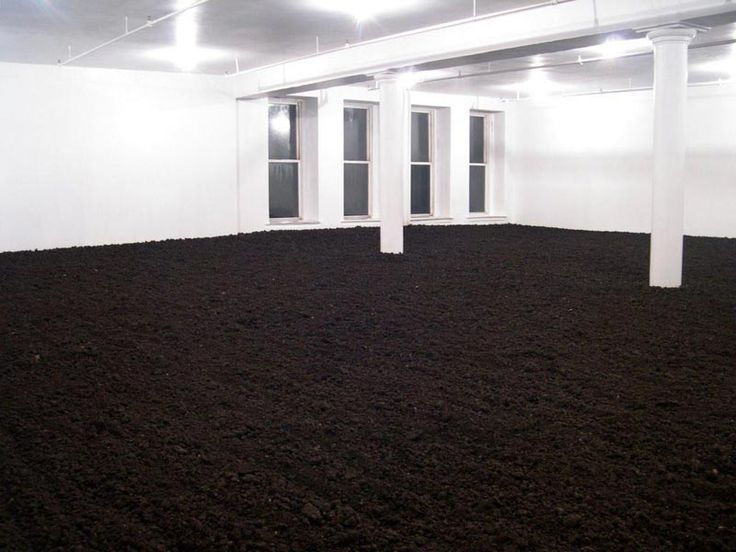
© Dia
The “interior earth sculpture” by artist Walter de Maria is on view at the Dia Gallery, Wednesday to Sunday, free admission. A real treat for the senses (much to the annoyance of local real estate brokers).


